Weakest emerging market growth in the second quarter
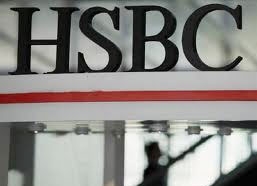 The HSBC EMI dipped to 54.2, down from 55.0 in the first quarter and edging below the long-run series average of 54.8.
The HSBC EMI dipped to 54.2, down from 55.0 in the first quarter and edging below the long-run series average of 54.8.
Price pressures eased sharply against a backdrop of continued monetary tightening by central banks across the emerging world in response to menacing inflationary pressures identified by previous HSBC EMIs.
The moderation in overall activity growth reflected a weaker increase in manufacturing production, with the pace of expansion easing to the slowest in three quarters. Meanwhile, service providers recorded a slightly faster rise in business activity, albeit one that was the second-slowest since the second quarter of 2009.
Stephen King, HSBC’s chief economist, said HSBC’s latest EMI confirmed that, after a strong rebound in the immediate aftermath of the global financial crisis, the pace of activity in the emerging markets had faded.
In many parts of the emerging world, there has been a noticeable reduction in the growth of export orders, consistent with the recent experience of countries in the developed world, suggesting world trade growth peaked in the first quarter of the year.
“Emerging nations remain magnets for global capital and are increasingly investing in each other with the prospect of more and more Asian-funded infrastructure projects in Latin America and parts of Africa. As this new infrastructure comes on stream, so a new network of economic connections across the emerging world will be established, along what HSBC has termed ‘The Southern Silk Road’.
“If a soft landing can be achieved, the stage is set for a sustained period of growth across the emerging world driven by new ‘South-South’ connections. The result of all these changes could easily be a tenfold increase in intra-emerging market trade in the first half of the 21st Century,” King said.
Rates of production growth eased across the majority of manufacturing sectors monitored by the survey, with South Africa and Singapore the two exceptions. In emerging Asia, China saw growth slow to the least marked in nine quarters while output rose at the weakest rates for two quarters in Taiwan and South Korea. Even India recorded a slower rise in manufacturing output, although the rate of growth remained substantial, and by far the healthiest of all emerging markets monitored by the survey. In Europe, particularly marked slowdowns were registered in Turkey and the Czech Republic while Russia saw activity growth moderate to a five-quarter low.
With input price inflation weaker, emerging market firms raised their output charges at the slowest rate for three quarters in the second quarter of 2011. Similar to the trend for average costs, manufacturers recorded a sharper moderation in output price inflation than their service sector counterparts. All four of the largest emerging markets saw a slower rise in output charges as measured across both manufacturing and services.
The HSBC EMI is calculated using the long-established Purchasing Managers’ Index (PMI) data produced by global financial information services company Markit. HSBC announced a partnership in 2009 with Markit to sponsor and produce a number of emerging market PMIs.
What the stars mean:
★ Poor ★ ★ Promising ★★★ Good ★★★★ Very good ★★★★★ Exceptional
 Tag:
Tag:
Related Contents
Latest News
More News
- Tropical storm Trami leaves at least 24 people dead in Philippines (October 24, 2024 | 17:36)
- Singapore grants conditional approval for solar power import from Australia (October 24, 2024 | 17:27)
- ASEAN digital economy set to reach $2 trillion by 2030 (October 22, 2024 | 15:08)
- Thailand asks Laos to waive visa fee at border checkpoints to boost tourism (October 21, 2024 | 17:23)
- Laos pledges to continue efforts to empower girls (October 21, 2024 | 17:17)
- Chinese electric vehicle maker to build plant in Indonesia (October 21, 2024 | 17:12)
- Vietnam Elevator Association introduces Elevator Safety Application to the world (October 18, 2024 | 09:00)
- A taste of the future - the go-to spot at the Worldchefs Congress & Expo 2024 (October 15, 2024 | 16:11)
- Jakarta to impose household waste levy (October 14, 2024 | 16:49)
- China, Laos plan to build connectivity development corridor with Thailand (October 14, 2024 | 16:19)




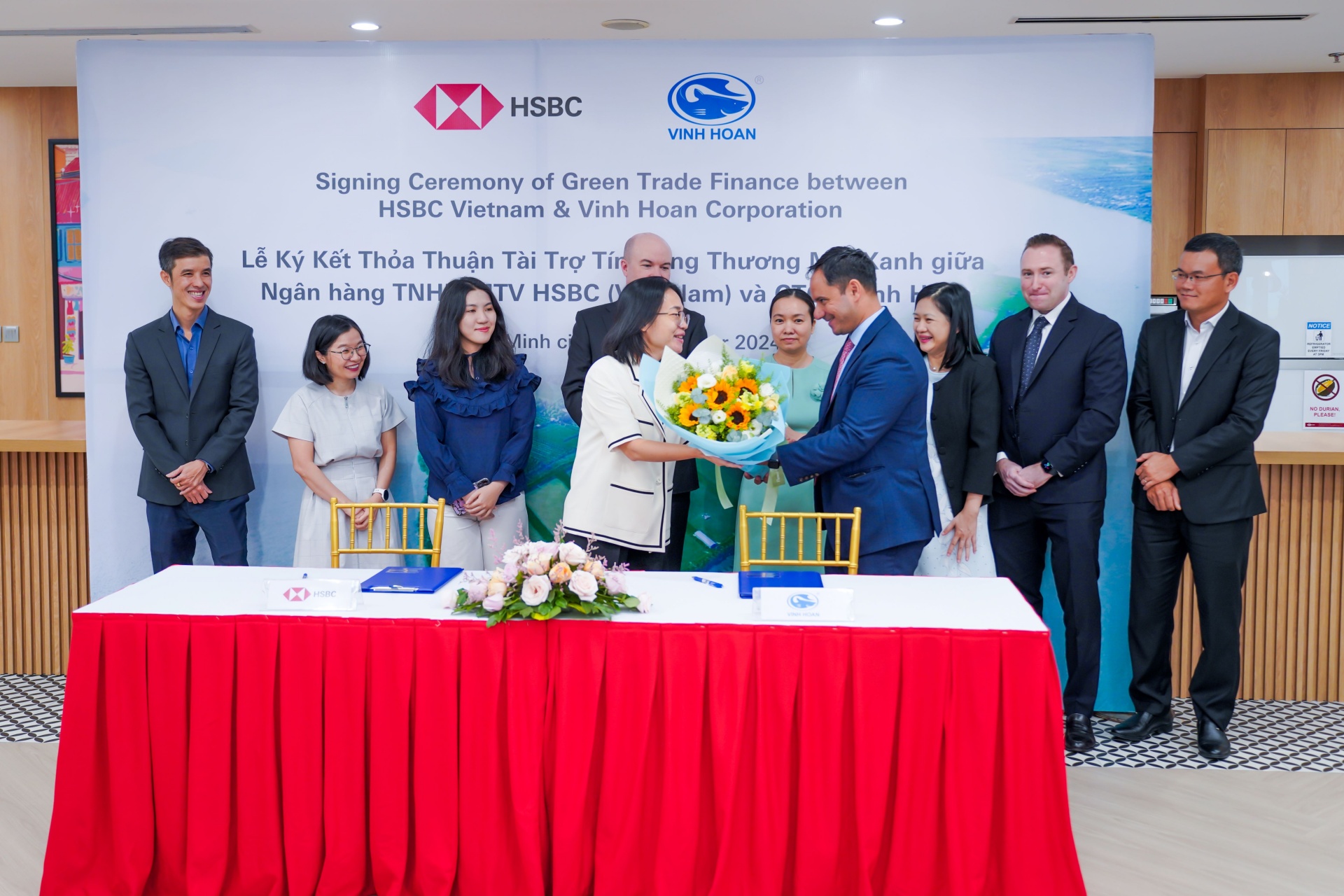

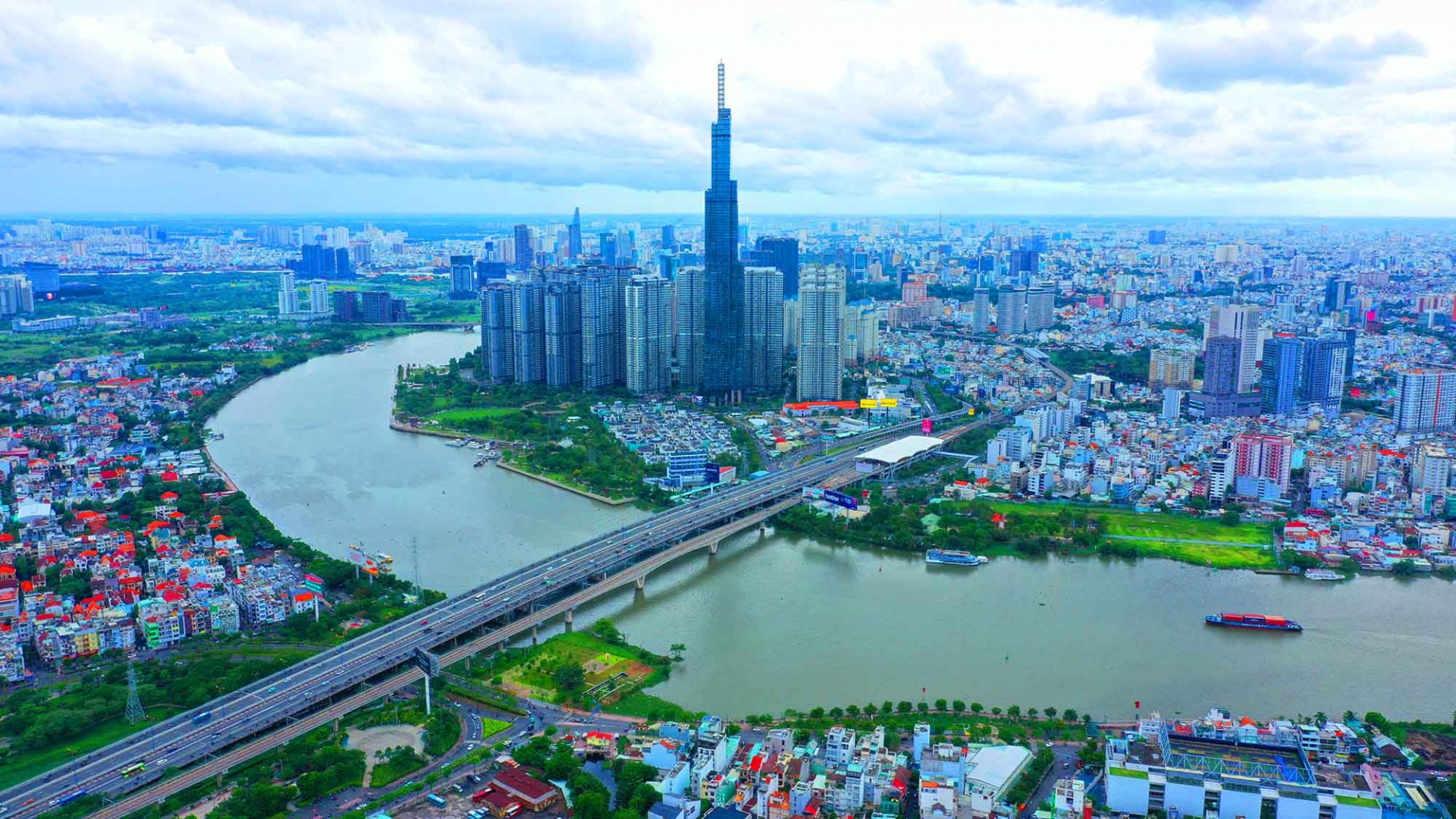


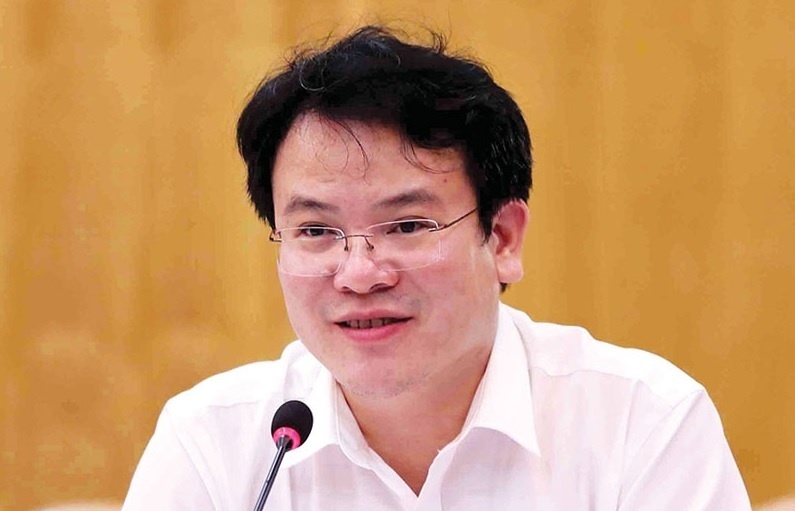


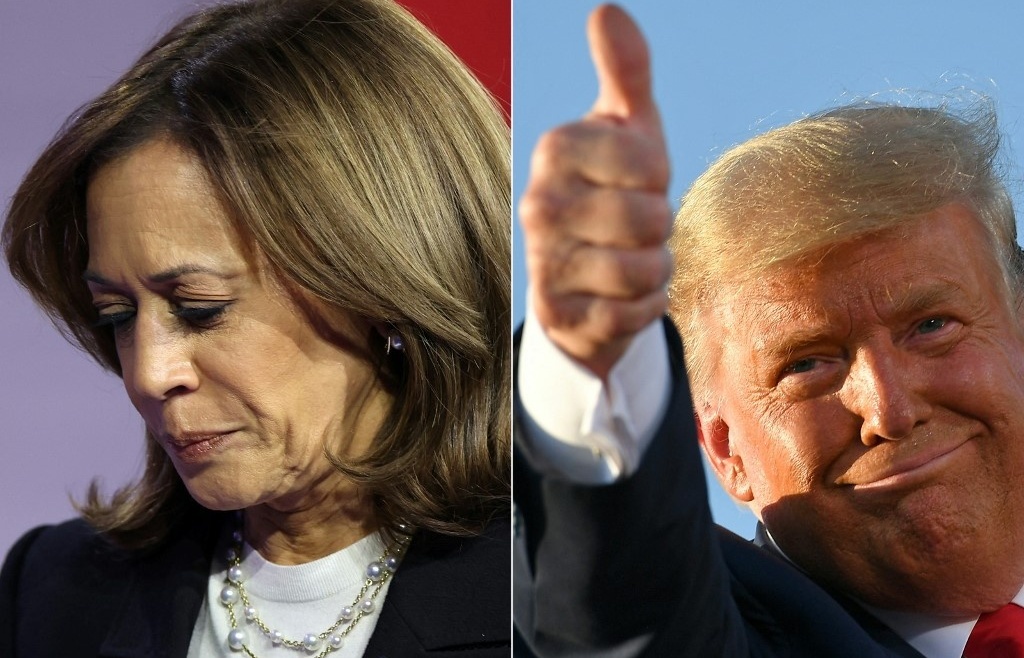
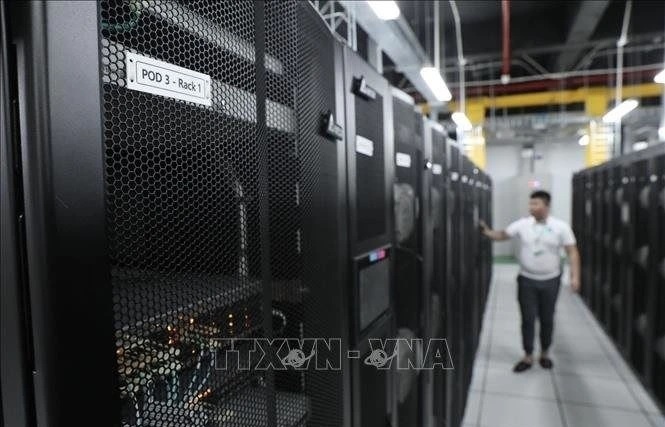





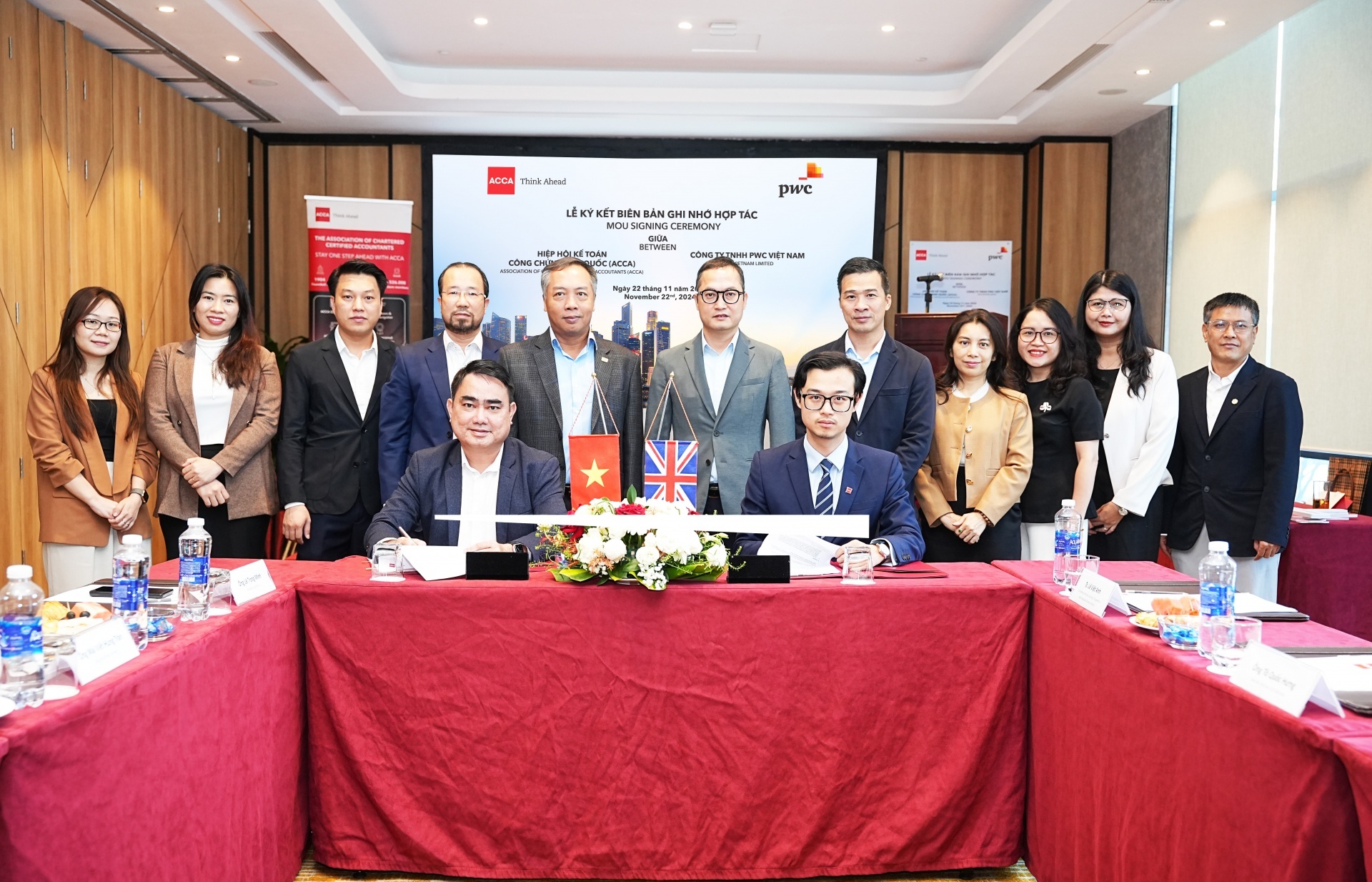



 Mobile Version
Mobile Version